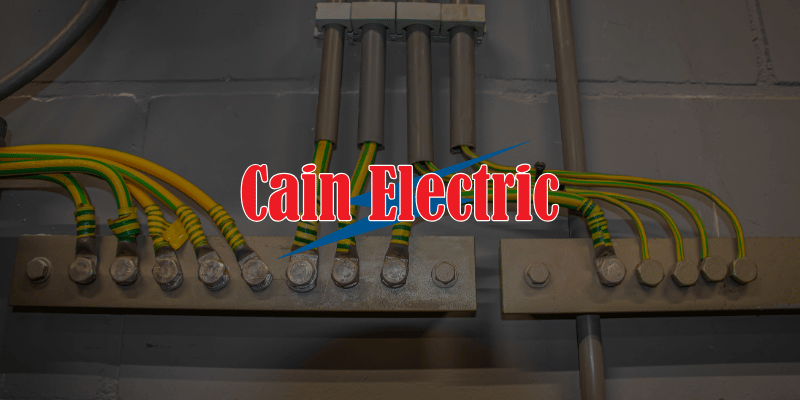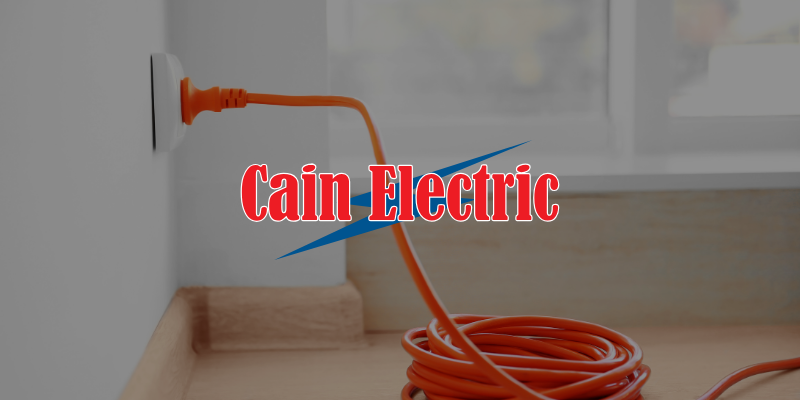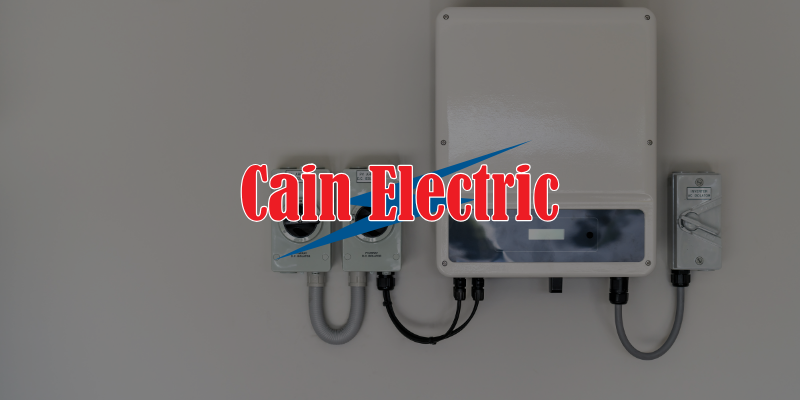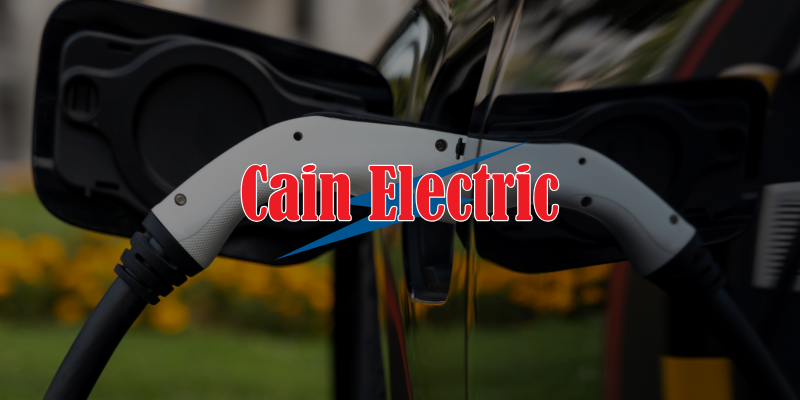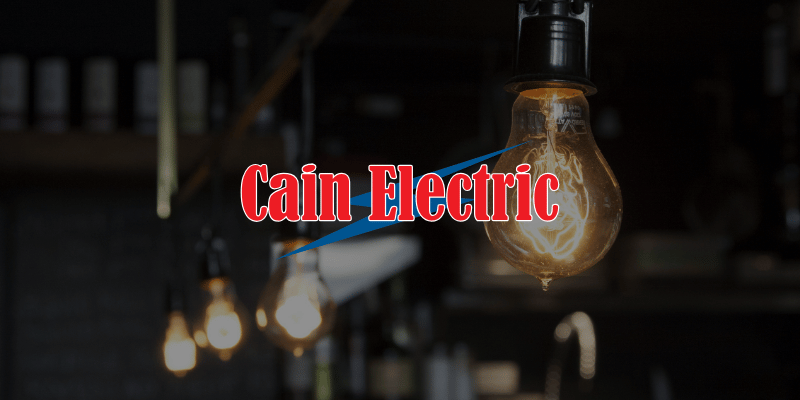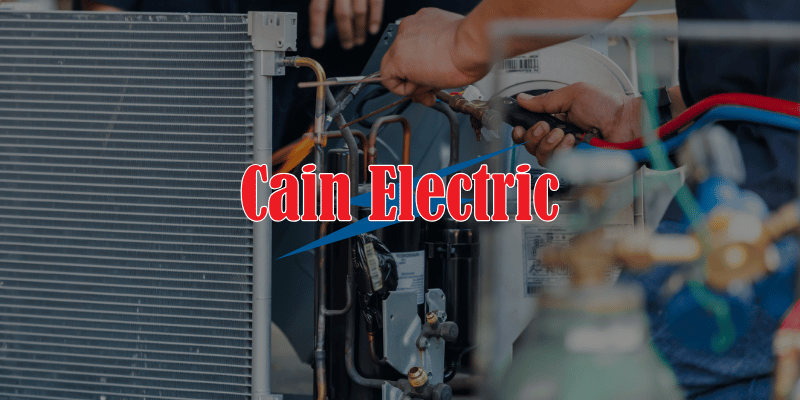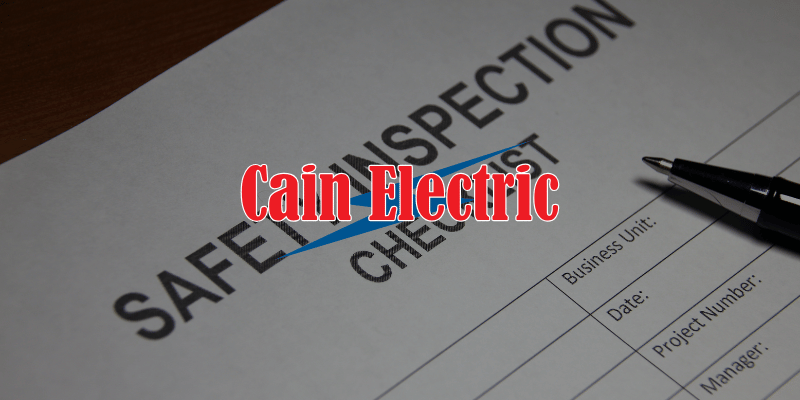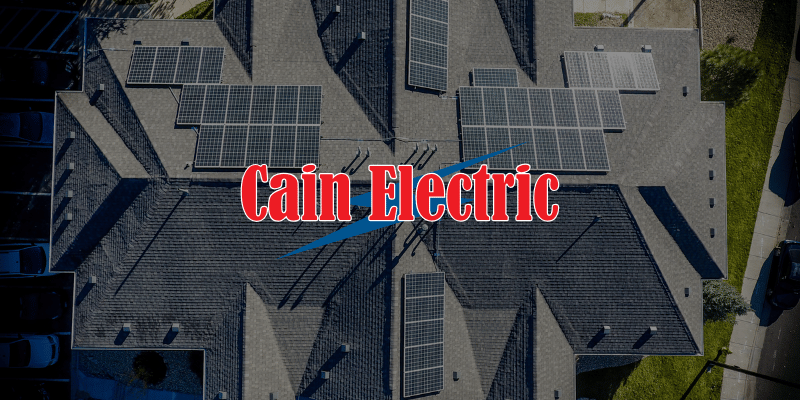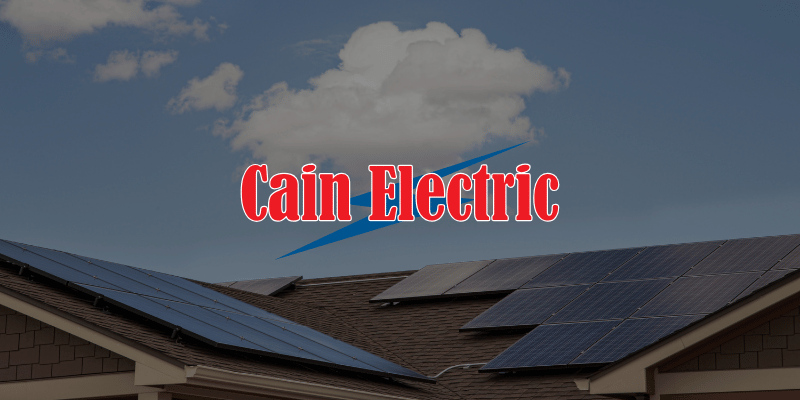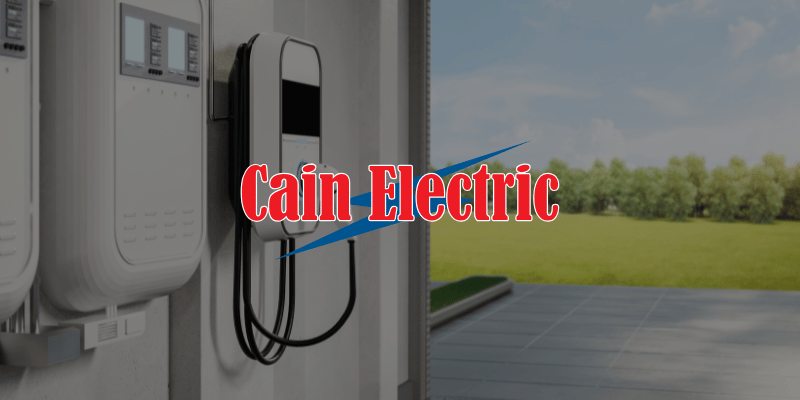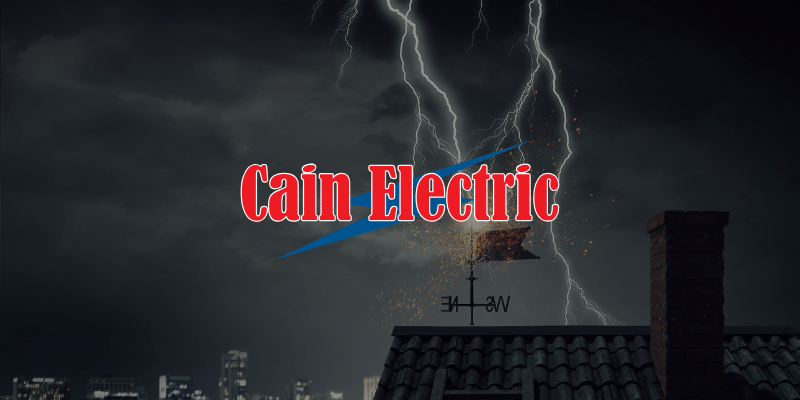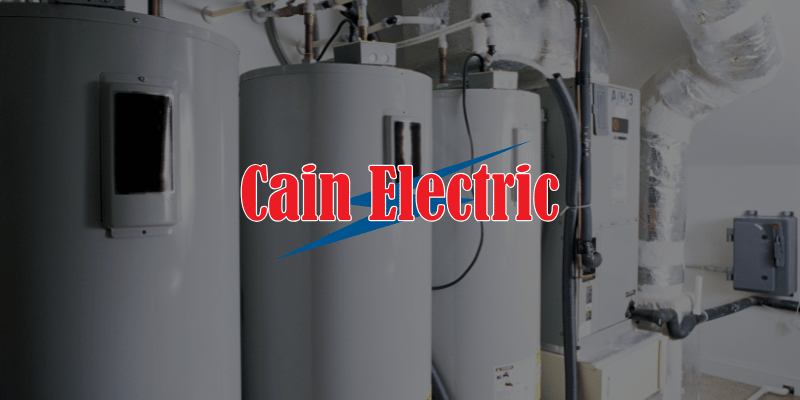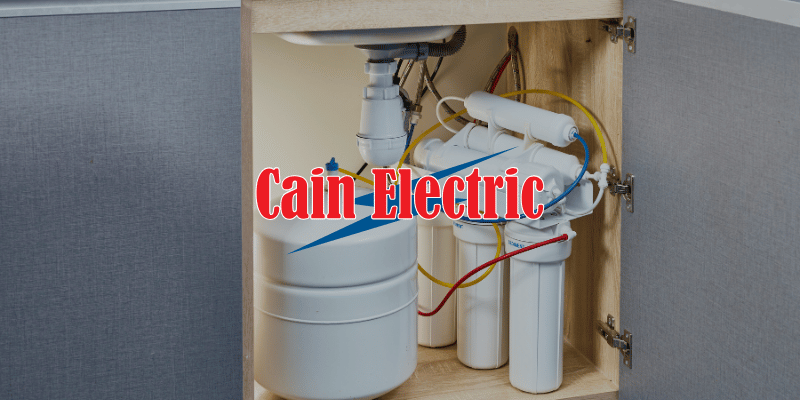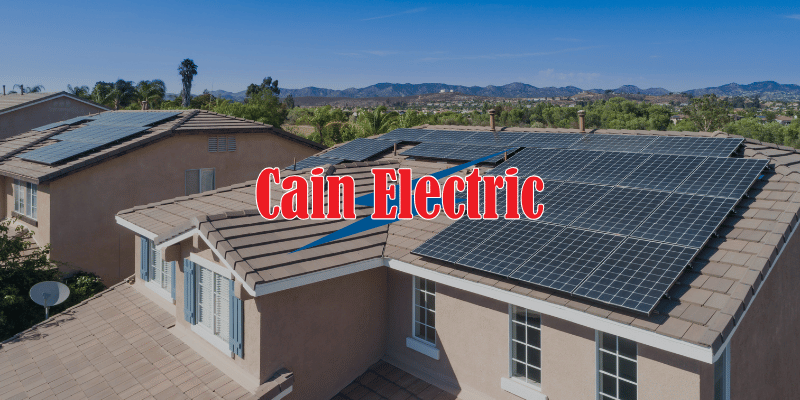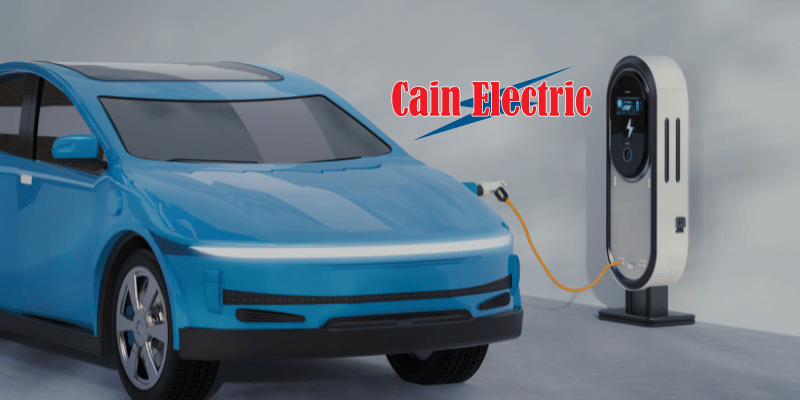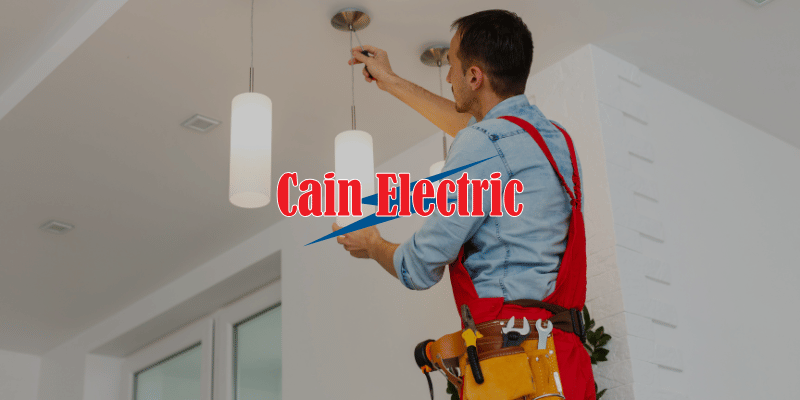
Missouri Net Metering and Interconnection 2025: Ameren, Evergy, and Co-Op Rules Explained
Solar is not just about panels on a roof. To turn sunlight into bill savings, your system has to be approved, connected, metered, and credited correctly by your utility. This guide explains how net metering and interconnection work in Missouri in plain language, with practical steps that apply whether you are served by Ameren Missouri, Evergy, or a local electric cooperative. If you are still exploring system options, start with our Solar Services page to see how design and permitting come together.
What net metering actually does
Net metering is a billing arrangement. When your solar array makes more electricity than your home is using, the extra power flows back to the grid through a bidirectional meter. Your utility measures those exports and gives you credit. When the sun is down and you draw power from the grid, those credits offset part of your bill.
A few important realities keep expectations grounded:
- Net metering credits usually offset the energy portion of the bill, not fixed monthly charges.
- Credits often roll forward month to month. Many utilities settle any remaining balance on a schedule called a true up, commonly once per year.
- Annual production should be sized to match your annual usage. Oversized systems may produce credits that do not fully pay back at the same rate.
If you want a deeper look at savings, read our post on real numbers for local homeowners: How Much Do Solar Panels Save?
Interconnection in one sentence
Interconnection is the engineering and paperwork process that makes sure your solar system can operate safely on the utility grid. Utilities check your design against safety rules, metering needs, and local capacity constraints before they give permission to operate. For a broader context on Missouri’s 2025 code environment, see 2025 Electrical Code Updates.
Missouri utility landscape at a glance
Missouri customers are served by a mix of investor owned utilities, municipal utilities, and rural electric cooperatives. Ameren Missouri serves much of the St. Louis region and central Missouri. Evergy serves parts of western Missouri. Dozens of co-ops serve rural areas and smaller towns. Each utility implements net metering under its own tariff and interconnection manual, and co-ops often set additional board approved rules. That is why the steps below include several points where calling the utility or checking the latest forms is recommended.
Key terms you will hear during interconnection
- Point of interconnection. The exact place your system ties into the grid, usually a breaker in the main service panel or a tap on service conductors.
- AC disconnect. A lockable, visible blade switch near the meter that allows utility crews to de energize the solar system. Many co-ops require this even if the jurisdiction does not.
- Rapid shutdown. Equipment that lets firefighters reduce voltage around the array quickly. Modern inverters and optimizers provide this function.
- Anti islanding. Controls inside the inverter that force it to shut down during a grid outage so your system does not back feed into lines that crews are working on.
- Production meter. In addition to the bidirectional billing meter, some utilities or co-ops require a small meter that tracks only what the array produces.
The documents every utility will ask for
Most interconnection applications in Missouri ask for the same core set of documents:
- A single line diagram of the electrical design that shows the inverter, the breaker rating, wire sizes, grounding, the AC disconnect, and where the system ties into the service.
- Site plan or roof layout that shows array location, setbacks around ridges and hips, and access pathways required by the fire code.
- Manufacturer specification sheets for modules, inverters, optimizers, and the rapid shutdown equipment.
- Proof that the inverter is listed to UL 1741 and meets the current IEEE 1547 requirements.
- Evidence of local permit approval, or at least an intent to pull permits, depending on the utility’s process.
- For co-ops, proof of liability insurance is commonly requested.
Having these ready before you submit saves days and avoids back and forth with utility reviewers. If your main panel is older or crowded, our Residential Electrician team can plan safe upgrades so interconnection passes inspection the first time.
Ameren Missouri overview, homeowner perspective
Ameren uses an online application portal for residential projects. Expect a two stage process. First you submit a preliminary application with the single line, spec sheets, and site plan. After review, Ameren issues a conditional approval. You then install the system, pass city or county inspections, and upload the signed inspection card or certificate. Ameren schedules a meter swap for a bidirectional meter and issues a permission to operate notice.
Practical tips for Ameren customers:
- Place the AC disconnect within a few feet of the meter location, at an accessible height. Label it clearly and leave clearance for utility crews.
- If your main service panel is older or crowded, budget for a panel upgrade. Backfed solar breakers need specific placement and hold down kits. See signs you may need an upgrade here: Panel Upgrade Red Flags.
- Keep your total inverter output within the service rating your house can support. A typical 200 amp service supports common residential arrays, but actual limits depend on breaker positions and conductor sizes.
- Save your portal login and keep copies of what you upload. You will need the same materials if you add batteries or expand the array later. If you are considering storage, read Solar Battery Storage in Missouri 2025.
Evergy overview, homeowner perspective
Evergy’s process is similar. You apply with a site plan, a single line, and equipment sheets. After conditional approval, the system is installed and inspected. Evergy then installs or reprograms a bidirectional meter and sends permission to operate.
Tips that reduce surprises:
- Verify whether your rate plan changes after interconnection. Some utilities enroll solar homes on tariffs with different on peak and off peak periods.
- If you plan to add a battery, tell the utility at the application stage. Battery ready designs use different interconnection methods than solar only systems. Learn how storage pairs with backup power here: Solar Generator Integration.
- If the utility requests a production meter, the electrician will mount a small meter base and wire it per the utility diagram. Planning that before installation day keeps schedules tight.
Rural electric cooperatives, what to expect
Co-ops are member owned and locally governed, which means rules are not identical from one co-op to another. Many co-ops offer net metering that credits energy at a set rate each month. Many require a lockable AC disconnect in sight of the meter. Some require a dedicated production meter. Insurance requirements are common. True up schedules may be monthly rather than annual.
Three steps keep co-op projects smooth:
- Call the engineering department early and ask for the current interconnection packet. Use their exact forms and drawings, since local practices may differ from city based utilities.
- Expect a site visit before approval in rural areas. Make sure the meter base and service mast are in good condition and that brush is cleared so crews can work. If storms have damaged your mast or meter base, our Storm Damage Repair service can make code compliant repairs before the utility arrives.
- Expect a modest application fee. Pay it when the packet is submitted so review can start immediately.
How credits work on the bill
Every utility publishes a tariff that explains how exported energy is credited. The simplest way to understand it is to read your meter flows like a checkbook.
- When production exceeds load, exports are like a deposit. Your credit balance grows.
- When load exceeds production, imports are like a withdrawal. Your balance shrinks.
- Fixed monthly charges are like account fees. Credits usually do not apply to these charges.
- At true up, any remaining credit is settled according to utility rules. Many utilities carry a small balance forward, some pay out at an avoided cost rate, and some reset the balance.
Homeowners who size systems close to annual usage tend to get the most value. For help dialing in the right size, see Missouri Home Solar Electrical Upgrades.
Practical system sizing in Missouri
Aim for a system that covers a high percentage of annual kWh use without overshooting. Look back at the last 12 months of bills. Add expected new loads such as an EV, a hot tub, or a finished basement. Subtract loads that will go away, such as an old pool pump you plan to replace. A right sized system smooths bills across the seasons and avoids a pile of credits at the end of the year.
Shading and roof geometry matter in Missouri’s tree heavy neighborhoods. If the south roof is small or shaded, a combination of east and west arrays often performs well because it stretches generation into morning and late afternoon. Module level power electronics help when parts of the roof see partial shade. If an EV is part of your plan, check out our EV Charger Installation service and read the companion post on EV Charger Installation Costs.
Interconnection step by step
These steps generalize the typical Missouri process. Your utility may combine or rename steps, but the flow is the same.
- Load assessment. Gather 12 months of usage and any near term changes in your home’s load profile.
- Site survey. Confirm roof condition, rafter spacing, attic access, main panel make and model, service size, and grounding.
- Preliminary design. Size the array, select the inverter, and confirm code compliant conductor sizing and overcurrent protection.
- Utility pre application or preliminary check if offered. This is optional in some territories and can reveal feeder constraints before you commit.
- Formal interconnection application. Submit the single line, layout, spec sheets, and any forms the utility requires. Pay any application fee.
- Permitting. Pull building and electrical permits with your city or county. Use the same drawings you submitted to the utility.
- Installation. Follow the approved design. Keep wire routing neat and leave working clearances around the service equipment.
- Local inspection. Schedule electrical and building inspections. Address any punch list items quickly and capture the signed card. For a general overview, read our Residential Electrical Inspection Guide.
- Utility inspection and meter work. The utility swaps the meter for a bidirectional meter and confirms labeling and disconnects.
- Permission to operate. The utility issues a written approval to energize. Keep this in your records.
Safety and code items that inspectors look for
- Correct breaker position for a backfed solar breaker and a hold down device that matches the panel brand.
- Conductor ampacity that matches inverter output, with temperature and rooftop adjustments accounted for.
- Grounding electrode connections that are secure and sized correctly.
- Rapid shutdown labeling near the service equipment and at the roof array as required by the fire code.
- A lockable AC disconnect placed where crews can reach it, with clear labeling and working space.
For the latest Missouri code context, cross check with our post on Missouri 2025 Electrical Code Updates.
Batteries and net metering in Missouri
Batteries change how energy flows through the meter. If the battery can export to the grid, utilities often require additional diagrams and settings that prevent unintended exports. If the battery is configured for self consumption only, the application is simpler, although the utility still needs to know that a storage system is present. In both cases, good design places the battery on a backed up loads panel. That keeps your critical circuits running during outages and keeps the interconnection straightforward.
Homeowners who add batteries often care less about credits and more about backup power and rate management. Time shifting solar energy from midday to evening can reduce imports during on peak hours if your rate plan has time based pricing. If you are exploring backup options, compare storage and generators here: Solar Battery Storage 2025 and Whole Home vs Portable Generators. For installs, see our Whole Home Backup Generators service.
Generator transfers and solar, what utilities want to see
Many Missouri homes already have a standby generator or a portable generator with an interlock kit. Utilities want to see that solar, batteries, and generators do not energize the grid at the same time and do not energize each other. Use a listed transfer switch or a properly installed interlock that prevents parallel operation. Share the generator one line diagram with the utility during interconnection so reviewers can confirm that everything plays nicely together. If you are researching this setup, read Solar Generator Backup Integration and our service overview for Whole Home Backup Generators.
Common pitfalls that delay approval
- Submitting a single line diagram that does not match the equipment on site.
- Leaving no space for a lockable disconnect near the meter.
- Choosing a breaker size that does not match conductor sizing or inverter output.
- Forgetting the hold down kit for the backfed breaker or placing the breaker in a location that violates bus calculations.
- Installing modules before the roof is repaired or replaced, which adds cost when reroofing becomes necessary.
- Oversizing the system and assuming credits will pay out at the same value as energy you would have bought.
Costs to plan for beyond the panels
Interconnection adds a few modest line items that are easy to overlook during budgeting:
- Application or processing fees where applicable.
- The AC disconnect, its enclosure, and labeling.
- A meter base for a production meter if your utility requires one.
- Panel upgrade parts if your existing service equipment is at capacity.
- Conduit runs to meet working clearances and labeling standards near the meter.
If your project includes EV charging circuits, pool equipment, or a sub panel for a finished basement, our Residential Electrician and Commercial Electrician teams can consolidate work so you avoid multiple service visits.
Timelines and what you can control
Total project timelines vary with permitting backlogs and utility staffing. The parts you control are the fastest parts. Respond quickly to utility requests for clarifications, keep inspectors’ access clear on inspection day, and have labeling complete before the utility visit. If storms delay inspections or damage your service mast, call our Storm Damage Repair team to get back on track.
Operations after permission to operate
After you receive permission to operate, track production and clear debris as the seasons change. Dust, pollen, and leaves can reduce output. A quick rinse during heavy pollen season can recover production. For practical upkeep, see Solar Panel Maintenance Tips for Missouri Weather. If your system includes water treatment or a well pump near the array, protecting sensitive electronics with surge protection and good bonding is smart. Learn more in Lightning Protection for Solar and Water Equipment and our Water Filter service overview.
How Cain Electric helps
A qualified installer does more than mount panels. The real work is coordination. Cain Electric handles the usage analysis, drawings, application submission, permits, inspections, meter coordination, and permission to operate. We design with Missouri utilities in mind, place disconnects and labels where crews expect them, and size systems to match your goals. If you want off grid resiliency or battery heavy designs, start with our post on Off Grid Solar and Batteries in Missouri, then talk to our designers about a system that fits your home.
Frequently asked questions
Will my credits zero out the whole bill
Credits usually offset the energy charges first. Most utilities keep a fixed monthly fee that credits do not offset. Your final bill after net metering often contains that base charge.
Do I need a new meter
Yes, your utility installs a bidirectional meter that can count power in both directions. The meter change is quick and usually happens on the same day as the final utility inspection.
Can I net meter with a battery
Yes, but the settings matter. If the battery can export to the grid, the utility will ask for details. Many homeowners choose a non exporting configuration that focuses on backup power and time shifting.
What happens during an outage
For safety, your solar inverter shuts down when the grid goes down. If you want power during outages, add a battery or a generator with a proper transfer switch. Compare options here: Whole Home vs Portable Generators.
Will my homeowners association allow solar
Missouri neighborhoods vary. Many communities allow rooftop solar with reasonable placement and aesthetic rules. Cain Electric can supply plans and photos that make HOA approvals smoother.
Can I expand my system later
Yes, although you may need to file an amended interconnection application and confirm that conductors and breakers are sized for the new inverter output. Planning for future expansion during the first project keeps costs down.
Conclusion
Net metering and interconnection are the keys that unlock solar savings in Missouri. When the design matches utility rules, the paperwork is complete, and the install is code clean, permission to operate comes faster and the bill credits work as intended. If you are ready to evaluate solar for your home in Washington, Union, Pacific, Wildwood, or nearby towns, we would be glad to help with sizing, applications, and approvals.
Ready to move from research to action? Use our quick form to start your interconnection review and get a design tailored to your utility and roof.
Contact Cain Electric


